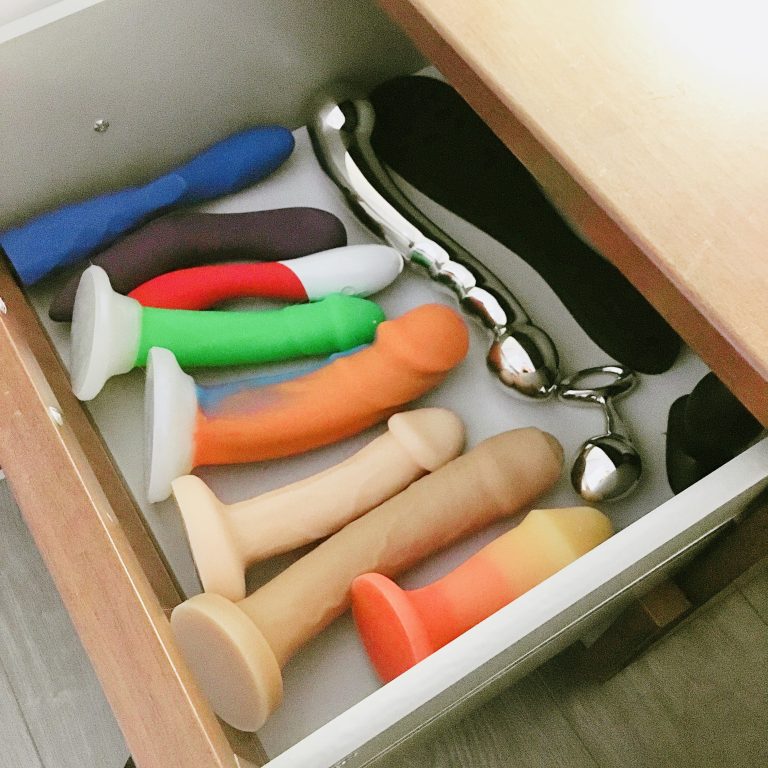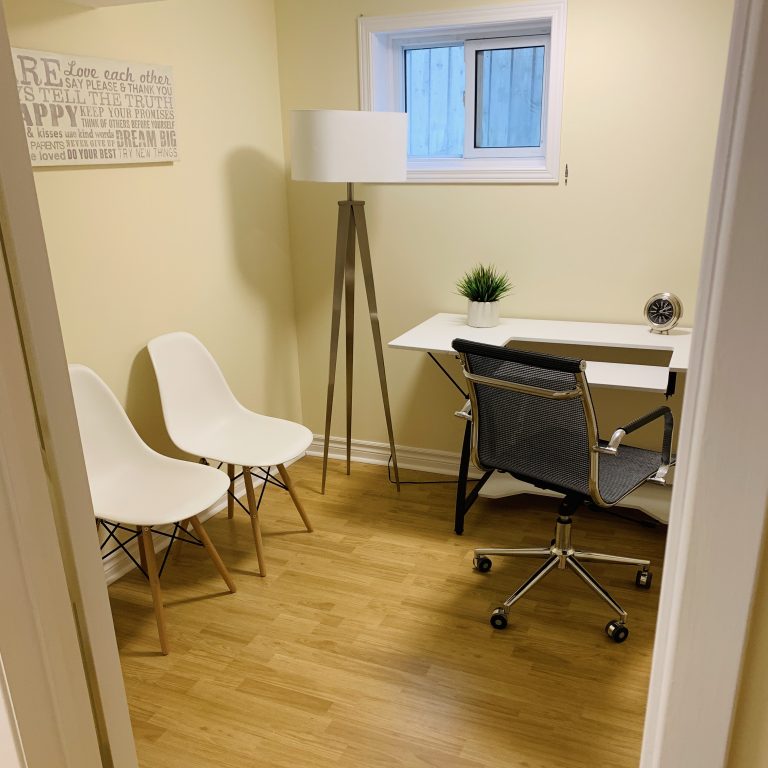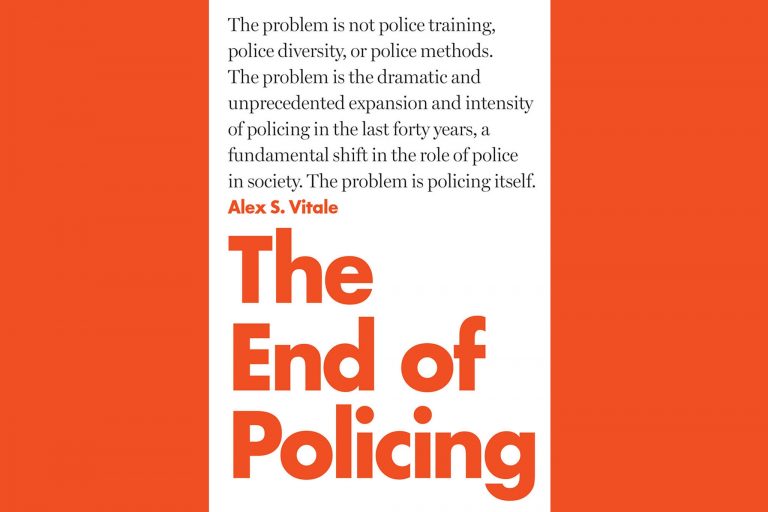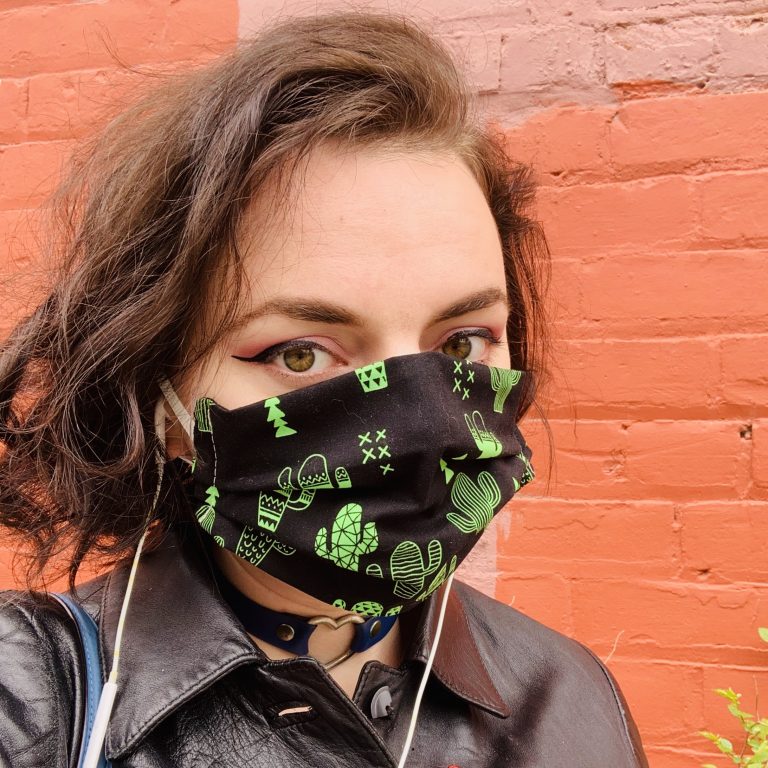
Sexual problems, while common, are too often cloaked in shame. Most people would rather visit website after website looking for answers to their burning sex questions than ask their doctor, or a friend, or a partner. I think that’s the main reason there are so many recurrent issues in the sexuality field that “sexperts” address over and over – the culture of shame and silence around sexuality leads people to believe they’re alone in their problems, and they’re a freak for struggling with sex or masturbation. It’s sad!
You are not broken or weird or a lost cause if you have sexual struggles. That’s a huge part of what I’ve sought to communicate on this website for all these years. To that end, here are 3 problems many people have with masturbation, and my suggestions for how to solve them. Good luck!
“I can’t orgasm!”
This seems to be a more common problem for folks with vulvas, although it can happen to anyone. Anorgasmia is the “persistent inability to achieve orgasm despite responding to sexual stimulation,” and it can be the result of a medical issue, a medication side effect (common with antidepressants, for example), or – perhaps most commonly – a psychological block of some kind. So my first recommendation would be that you ask your doctor about the problem so they can run some tests and look into it, and also that you research any medications you might be on to see whether this is a side effect you can expect from them. If so, you’ll need to weigh the pros and cons of being on that medication – I couldn’t deal with orgasm-quashing antidepressants, but I didn’t need them so badly that my life would be in danger without them, so YMMV!
Beyond that: especially if you’ve never orgasmed before, I think it’ll just take you some time and practice to figure out how to get there both physically and mentally. Physically, try a vibrator (a good one – it should have rumbly vibrations and a wide variety of speeds/modes to experiment with) or other sex toys that appeal to you. Explore body parts not commonly associated with orgasm, like the nipples, anus, or A-spot, when you’re already at a high level of arousal, because there’s a chance a non-standard form of stimulation may float your boat more than the usual go-to’s.
Mentally, keep reminding yourself that pleasure is about the journey, not the destination. Focus your masturbation sessions on making yourself feel as good as possible for as long as possible – not necessarily on orgasm. Cultivate a fantasy life, whether through watching porn, reading erotica, sexting with someone who turns you on, or just conjuring explicit thoughts from your own brain – some people just need more mental stimulation than others, and that’s okay! Be aware that you quite possibly may have already orgasmed without knowing it at some point. Read about the experiences of other anorgasmic people. Develop language for communicating to partners that a lack of orgasm doesn’t necessarily mean a lack of pleasure. Don’t give up hope, but also don’t put too much pressure on yourself – either you’ll get there one day or you won’t, and either way, your body is magical and beautiful and can experience good sensations.
“I can’t feel my genitals!”
I hear about this most often from cis male masturbators dealing with what’s called “death grip syndrome” – a state of desensitization resulting from the habitual friction of overzealous masturbation – but it can also be the product of strong vibrators, or of medical problems or medication issues as discussed above – so see your doctor if you can’t think of a behavior-based reason this might be happening to you. In most (non-medical) cases, your desensitization will go away after a few days of abstinence from whatever activities originally caused it.
If you want to reduce desensitization factors and amp up your sensitivity going forward, here are a bunch of suggestions: Use a good lube (no matter what kind of genitals you have) and reapply as needed. Use a looser grip on your penis, or switch to a stroker, Fleshlight, etc. so the tightness will be automatically lessened compared to your hand. Use a weaker vibrator, or a lower setting on the one you own, or put a layer or two of fabric between you and the toy, or press it less hard against your body. Try a sensitizing cream or oil containing ingredients like peppermint or cinnamon. Try a penis pump or clit pump before masturbation to (gently) encourage blood flow to the area for more engorgement and heightened sensitivity. Shave or trim your pubic hair to reduce friction and make your sensitive skin more accessible to stimulation. Spend longer on “foreplay” before ever touching your genitals.
“Sex doesn’t feel as good as masturbation!”
Most commonly, I hear this from folks with vulvas who masturbate clitorally and are then surprised and disappointed when penetrative sex doesn’t feel as good. Maybe you know this already, but here’s a reminder: the majority of vulva-possessing people need clitoral stimulation to reach orgasm, since that organ is as central to our sexual response as the penis is to people who have one (the two parts are analogous, meaning they form from the same embryonic tissue). So if your partnered sex contains little to no clit stimulation, that’s the first thing you should fix. Ask your partner to spend more time on oral sex, fingering, or whatever makes you feel good; show them how you like to masturbate, so they can try to replicate it; add clit stim to any penetrative sex you may be having, with your fingers, your partner’s fingers, or a vibrator.
If that’s not your issue but sex still isn’t as good as when you’re by yourself, consider the factors that you think are causing that, and address them. Does your partner not know how to touch you the way you like? If so, show them, and gently help them practice until they figure it out. Do you feel anxiety or stress around your partner that isn’t there when you’re alone? If so, interrogate that, perhaps with your partner, and figure out how to reduce it. (Weed and a blindfold are helpful for me, for example. Sometimes I ask my partner to wear a blindfold so I don’t have to worry about how I look.) Is your partnered sex missing an element of fantasy/mental titillation that you routinely give yourself when you’re alone? If so, watch your favorite porn or read your favorite erotica with your partner, or talk dirty to them about your favorite fantasy, or tell them what you’d like them to dirty-talk about. Basically, examine the conditions that make your solo sex so great, and plan some ways of bringing those elements into the bedroom with your partner!
What solutions have you found for these common masturbation problems?
This post was sponsored. As always, all writing and opinions are my own.



